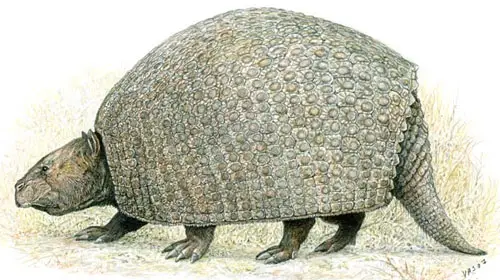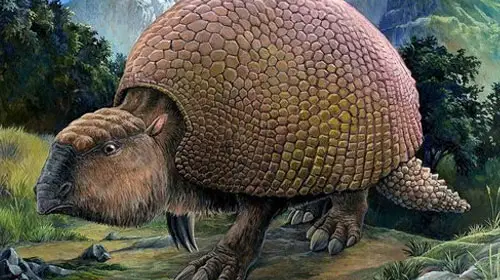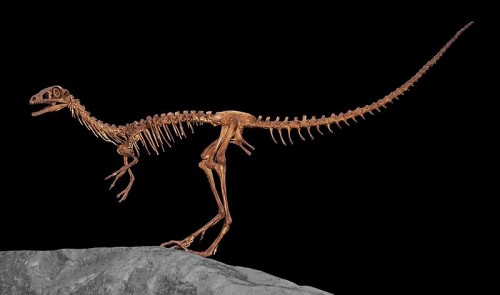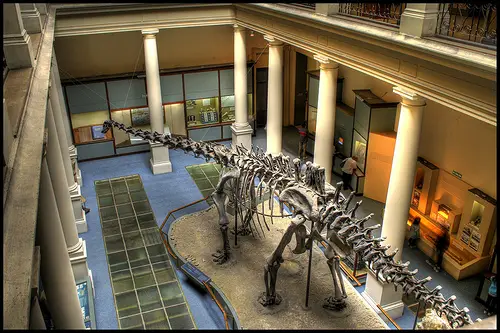Glyptodon
Glyptodon was a massive armored mammal roughly the size of a Volkswagen Beetle, these large mammals were native to South America but eventually migrated through Central and North America. The Glyptodon physically resembled a variety of creatures with similar characteristics to turtles, ankylosaurs and armadillos, the latter of which the Glyptodon is related to.
Although not a great deal is known about the Glyptodon it is widely believed that the Glyptodon’s made their homes near bodies of water such as lakes and streams. The Glyptodon’s were herbivores and as such their diet was most likely made up of a combination of plant material such as grass and plants that grow close to water.

Glyptodon - An artist impression
The Glyptodon is part of the superorder xenarthra which is made up of mammals like the armadillo, anteater, tree sloths and the now extinct ground sloths. It is thought that the Glyptodon itself became extinct around 10, 000 years ago and as the species thinned out through migration after the Central American land bridge formed and would have put strain on the population.
Another strain on the population would have been hunting as its thought humans hunted these great beats for food and often used their shells for shelter. This hunting coupled with thinning out of the species was likely detrimental to the native population.
The Glyptodon’s shell was made up of over 1000 bone plates and like turtles the shape of the shell varied with species, however unlike most turtles the Glyptodon could not draw its head inside the shell and it instead had a hardened ‘cap’ on the top of its head similar to the ankylosaurs. Another similarity with some ankylosaurs is that the Glyptodon also had armored plate on its tail.

Glyptodon in all its glory, truly massive
Carrying such a massive shell would indeed be quite a task but this was a task the Glyptodon was built for, sporting very broad shoulders and thick, powerful limbs to aid in carrying the shell. The Glyptodon also had fused vertebrae similar to some turtles to help support the shell.
For everything we do know about the Glyptodon, there are of course certain things we don’t understand such as the structure of the Glyptodon’s nasal passages. The nasal passages themselves were quite reduced with large muscular attachments, its not clear why the nasal passage was structured like this or what the muscles were for.



this info was great my teacher will give me a great grade now
so true
awesome site
I agree :)